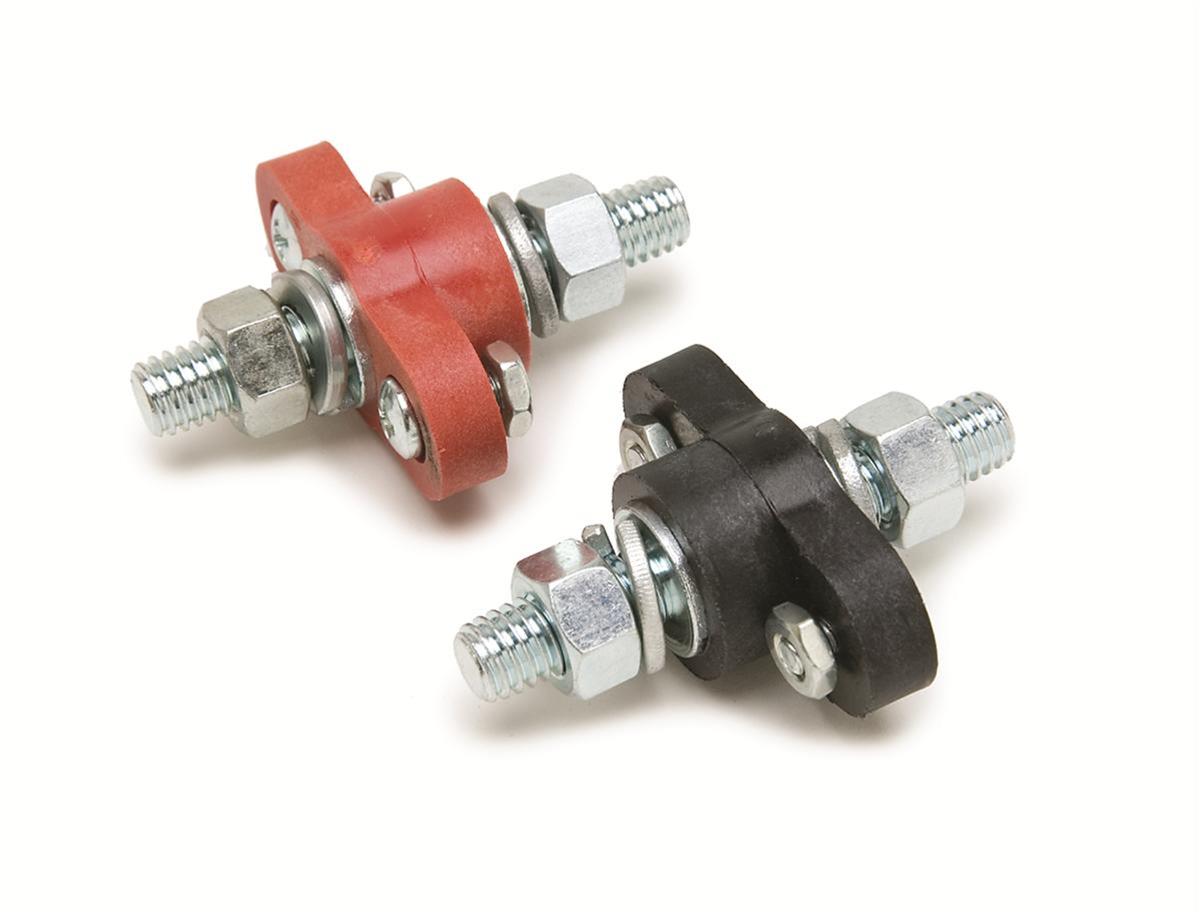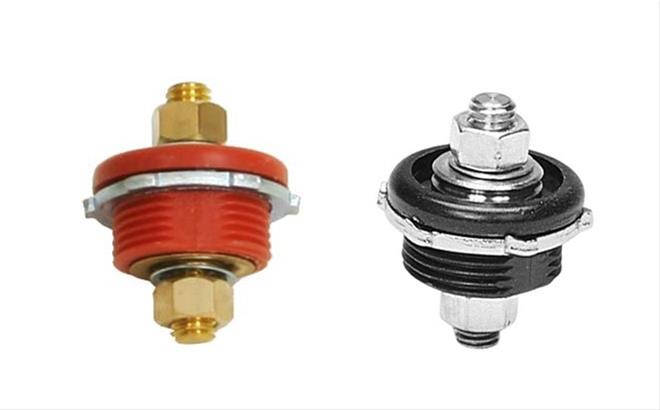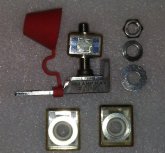I'm going to use the Victron Multiplus 24/3000/70. They recommend a 300A fuse and up to 100mm2 cable (2 x 50) depending on length . 4/0 cable is 107 mm2.

Here are the overload ratings of the Victron inverters (link). So it could handle 6000w for 1/2 second and 3900w for 30 minutes. All values would be de-rated based on increased temperatures. I'd rather oversize than undersize.


Here are the overload ratings of the Victron inverters (link). So it could handle 6000w for 1/2 second and 3900w for 30 minutes. All values would be de-rated based on increased temperatures. I'd rather oversize than undersize.







